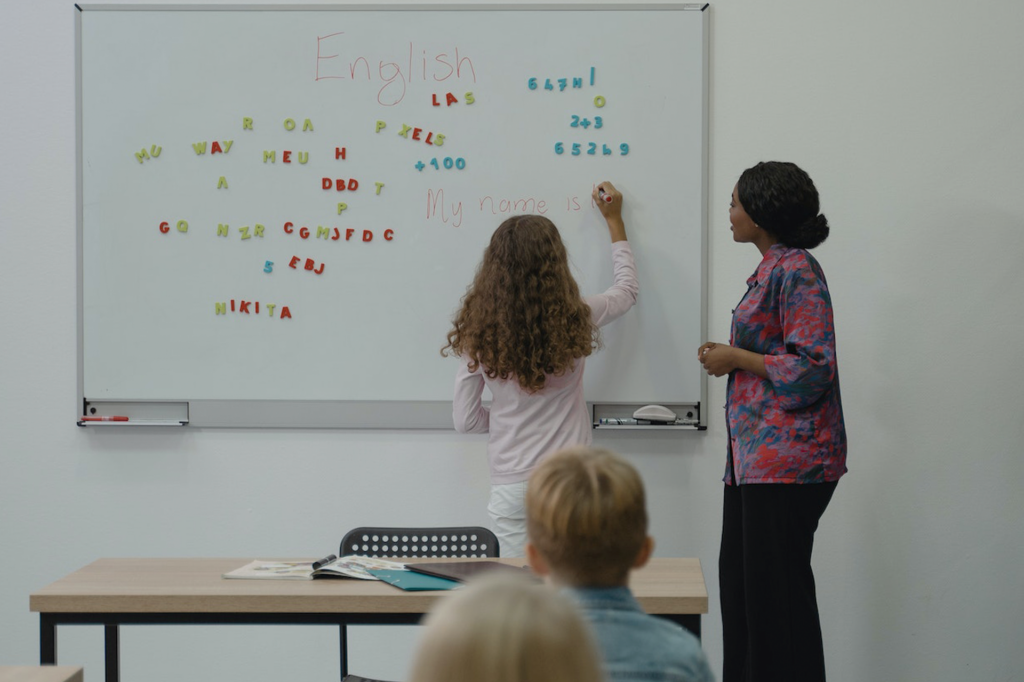
Children of 9 years of age have been particularly affected by COVID-19, because beyond what it caused at an emotional or even physical level, education was brutally affected in them, since according to the results of a national test, the pandemic erased two decades of progress in mathematics and reading for this population group.
And that is that, for the first time since the National Assessment of Educational Progress tests began tracking student knowledge in the 1970s, 9-year-olds' performance in math and reading fell to the levels of two decades ago.
These devastating effects spanned nearly all ethnicities and income levels, but were markedly worse for the lowest-performing students.
While the top performers in the 90th percentile showed a modest drop, three points in math, students in the bottom 10th percentile dropped 12 points in math, four times the impact.
In mathematics, students of African descent lost 13 points, compared to five points among white students, widening the gap between the two groups.
The study also noted the profound effect school closings had on low-income students, especially African Americans and Latinos.
The decline in test scores means that while many 9-year-olds can demonstrate partial comprehension of what they are reading, fewer can infer a character's feelings from what they have read.
In mathematics, students may know simple arithmetic operations, but find it more difficult to add fractions with common denominators.
Setbacks could have powerful consequences for a generation of children who must go beyond the basics in elementary school to thrive later in life.
"Students' test scores, even as early as first, second and third grade, are really very predictive of their success later in school and their educational trajectories in general," Susanna Loeb, director of Brown University's Annenberg Institute, which focuses on educational inequality, told The New York Times.
"The main reason for concern is the lower performance of lower-achieving children," he added.
In that sense, he noted that such backwardness, he said, could lead to disengagement in school, making it less likely that they will graduate from high school or attend college.
The National Assessment of Educational Progress is considered a gold standard in testing. Unlike state tests, it is standardized across the country, has remained consistent over time, and does not attempt to hold individual schools accountable for results, which experts say makes it more reliable.
While scores in reading and, especially math, have generally trended upward or held steady since the test began in 1970, which included a period of strong progress from the late 1990s through the mid-2000s, with the pandemic and the closing of schools that had to move to a fully online system, children struggled to learn from home.
In some parts of the country, the worst of the disruptions were short-lived and schools reopened that fall; however, in other areas, particularly in large cities with large populations of low-income students and students of color, schools remained closed for many months and some did not fully reopen until last year.
There are indications that students who have fully returned to school have begun to learn at a normal pace, but experts say it will take more than a typical school day to make up for the gaps created by the pandemic.
With information from The New York Times.
You may be interested in: Imperial Valley: fight or die in times of COVID-19


